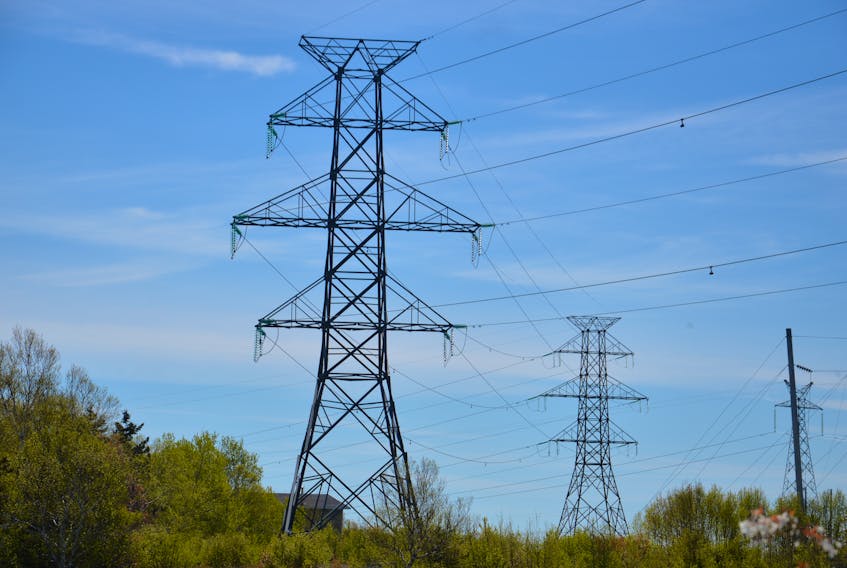ST. JOHN'S, N.L. — Part of being connected to the North American energy grid for the first time is having a Newfoundland and Labrador system operator (NLSO) overseeing use of the electrical system in real time.
It’s an entity able to respond to requests to run power, wheel power, along the high-voltage transmission lines in the province, making decisions on who will have access at any given point.
It could be Newfoundland and Labrador Hydro, for example, or Hydro-Québec looking for some reason to send power through Newfoundland and Labrador to reach Nova Scotia and beyond.
It could be companies looking to export.
So far, according to a response to questions from The Telegram, the only approaches made to the NLSO have been from Nalcor Energy.
Newfoundland and Labrador is physically connected to the extensive North American electrical grid both at the Quebec border and, now, with the Maritime Link, to Nova Scotia. There is limited space on the lines, limiting what can be done. Full commissioning of the Labrador-Island Link is not complete, but the new power corridor will be subject to open-access rules. And potential users will be directed to the NLSO.
The system operator is required to determine what the system can handle, and — through the Public Utilities Board (PUB) — establish the transmission tariff to apply. There’s the fee, but also the terms of service and relevant policies. Under legislation introduced by the Liberal government, the PUB can hear any complaints against the system operator.
The Telegram has confirmed that the only request to the operator to date for wheeling power has been from Newfoundland and Labrador Hydro, seeking study and approval to establish transmission service with firm power. That’s 500 megawatts (MW) of import-export over the Maritime Link and 900 MW import-export to Quebec. A summary of the request is available online, at the system operator’s website (on the Open Access Same-time Information System, also known simply as OASIS).
There was also an agreement with Newfoundland and Labrador Hydro for non-firm service.
“As a study is not required for non-firm service, there is no record of this in the study queue,” a spokeswoman stated in response to questions.
The system operator will track and must share with any potential user the availability of transmission space on the system.
What was once the Newfoundland and Labrador Hydro Energy Control Centre, where operators dispatch energy, monitor voltages and frequency, is now part of the system operator.
Twitter: @TeleFitz
RELATED









